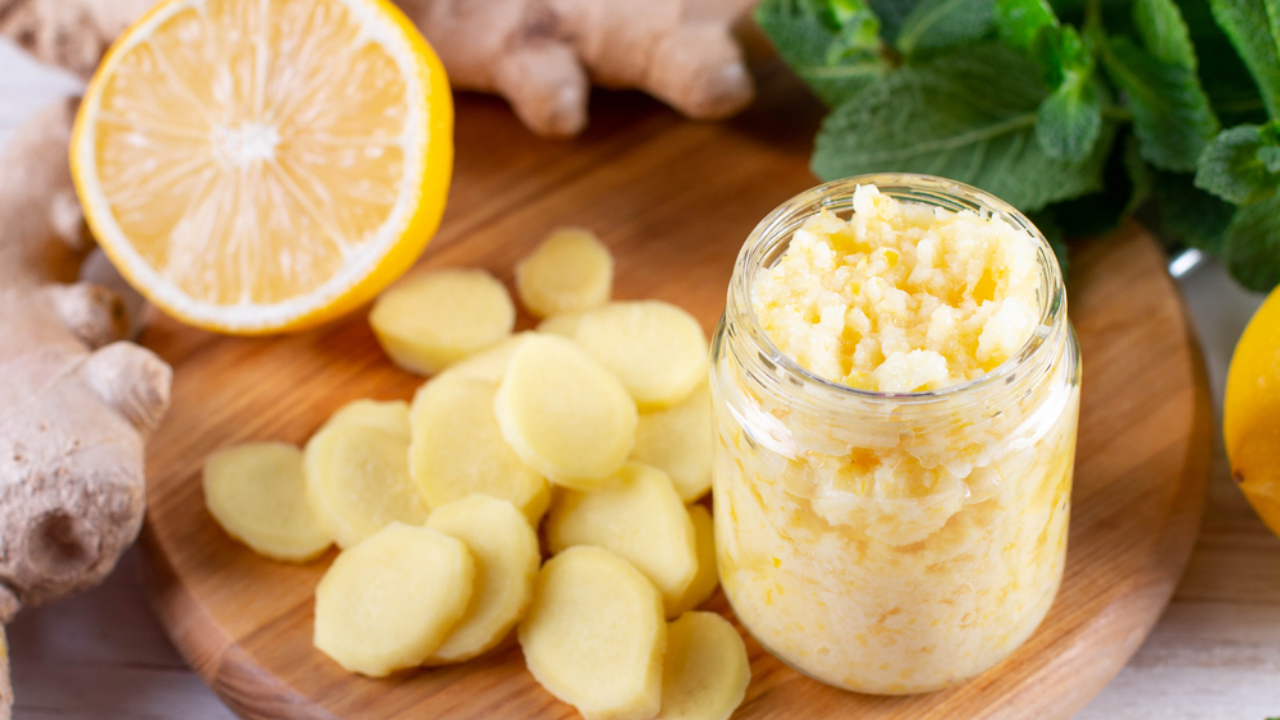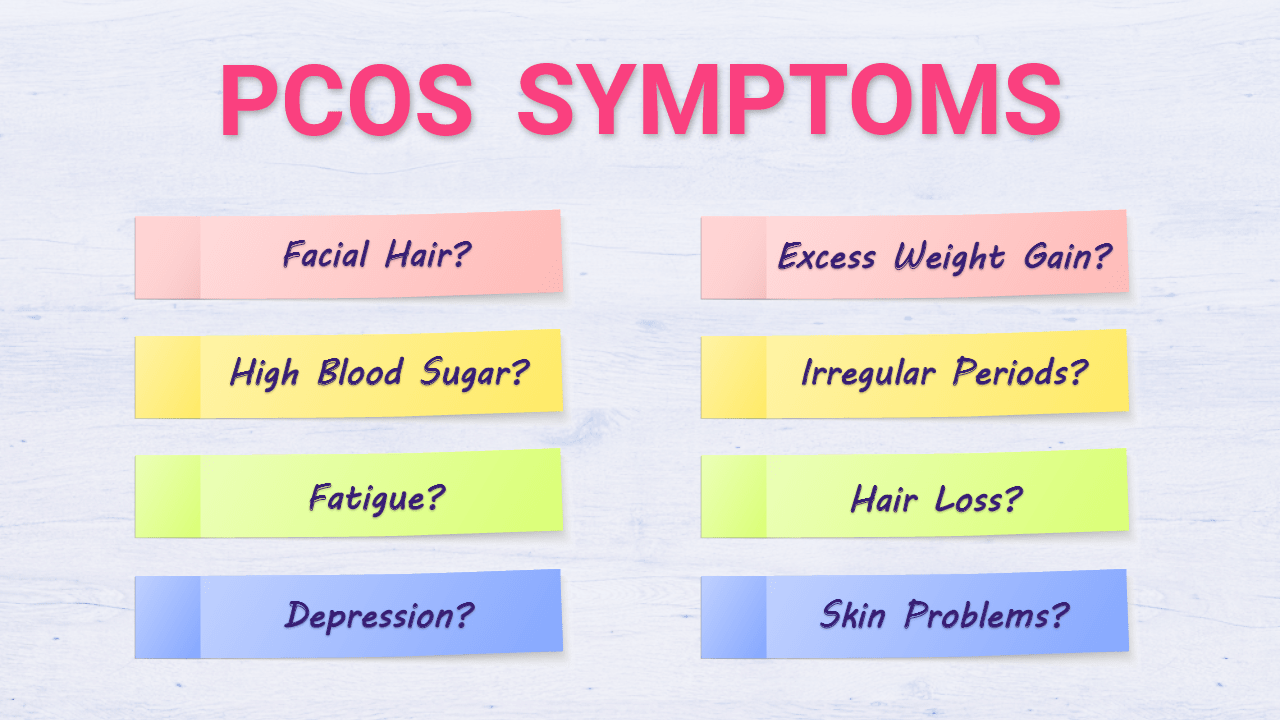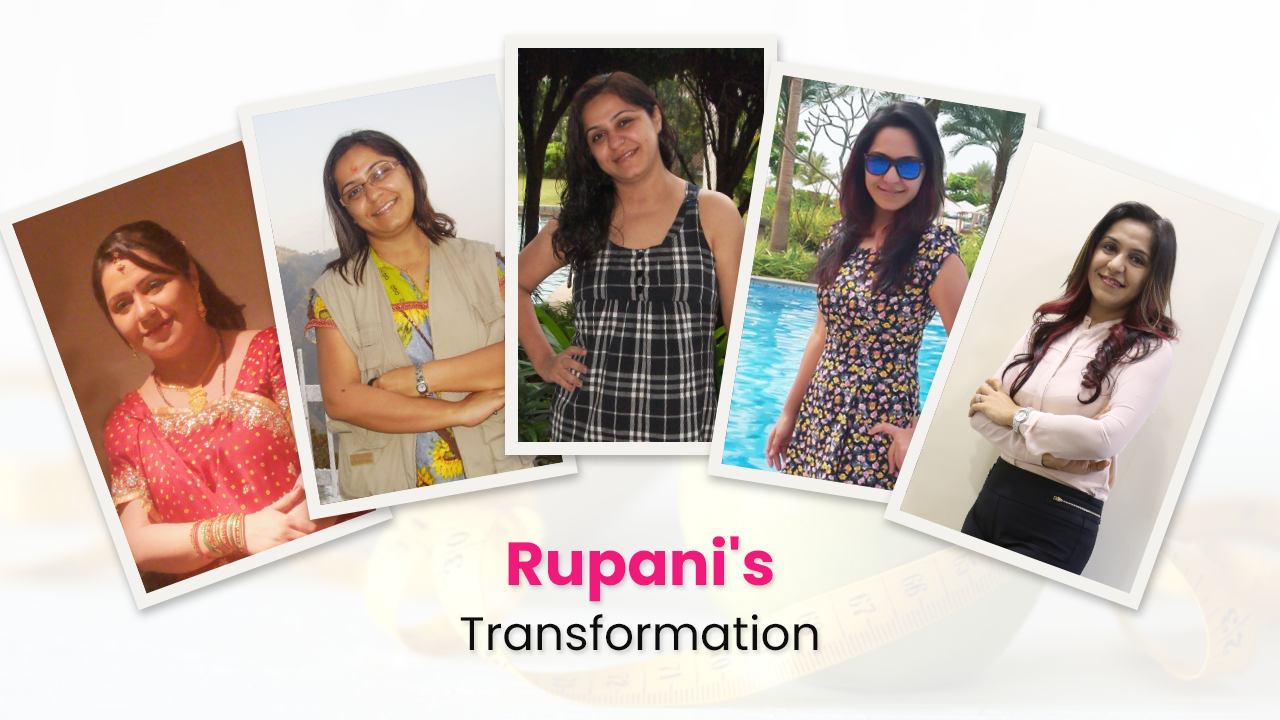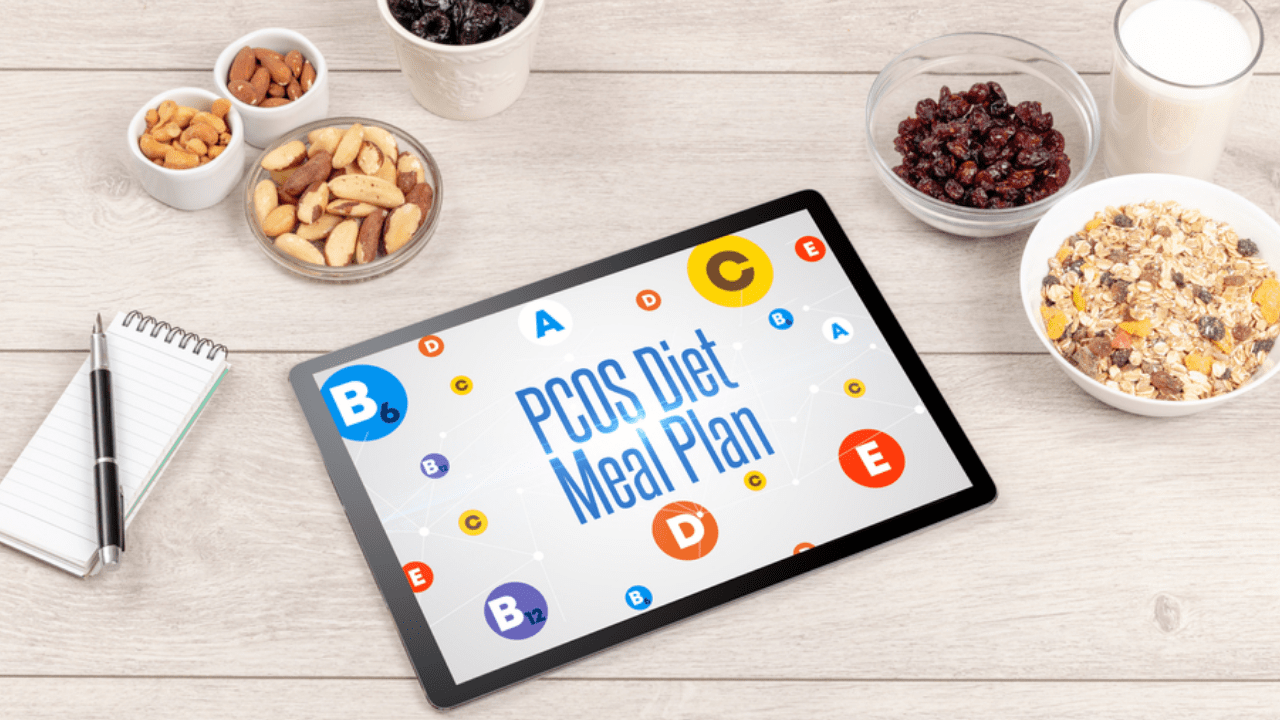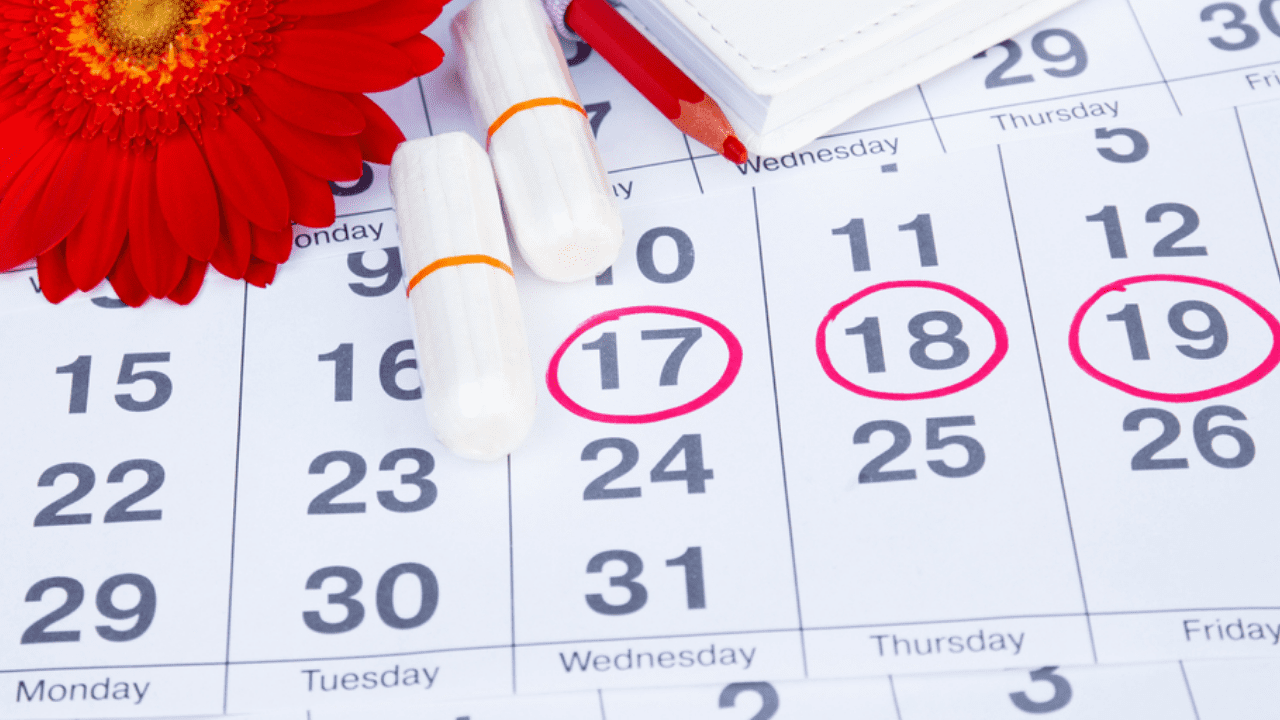
Our menstrual cycle often disrupts our routine, but what if we could track our hormonal levels & harness their benefits? Imagine having a clear understanding of how to optimize each phase of the month to our advantage! With this guide, you can plan your life more systematically around your cycle & discover foods that can mitigate the effects of these hormones on our overall well-being. Embrace the power of your cycle & enhance your quality of life.
This guide is divided into four weeks, with each week corresponding to a different phase of the menstrual cycle. In each section, we will explore foods that can enhance productivity & support the unique needs of each menstrual phase.
Menstrual Cycle Phases & Recommended Foods
Week 1
During Week 1, which marks the start of your menstrual cycle, estrogen levels are elevated. This increase in estrogen brings a boost to your energy, mood, optimism, & cognitive abilities. You may find yourself drawn to spending time with loved ones, whether they are friends or family. This week sparks a sense of curiosity about the world, a desire for enjoyment, shopping, & a preference for socializing outside the house.
Focus on consuming the following:
- Iron-rich foods, such as leafy greens & lean meats
- Vitamin C-rich foods like citrus fruits
- Omega-3 fatty acids from sources like fatty fish & flaxseeds can also be beneficial.
- Choose complex carbohydrates for sustained energy
- Stay hydrated with water-rich foods & herbal teas.
Week 2
During the high estrogen & testosterone phase, you feel confident & optimistic with improved memory & faster thinking. Your focus on appearance increases. Enjoy the variety of flavors & foods during this phase, but be mindful of portion sizes. Eat when hungry, savor each bite, & take your time to fully enjoy the deliciousness of your meals.
Week 3
Progesterone levels are high compared to estrogen & testosterone. After half the week again estrogen level rises. The first half of week 3 is the "pre-PMS" phase. In this phase, you will feel more sleepy, quiet, & less interested in social life. You are craving foods like sugar, fat, & salt. You will feel hungry & tend to overeat.
In this phase, your aim should be to:
- Avoid foods rich in fats, oil, sugar & salt
- Avoid overeating
- Consume lot of green vegetable & fruits
- Include snacks like pulses chaat (chana chaat, sprouts chaat), dates, dry bhel or a piece of rajgira chikki to overcome your food craving.
Week 4
Estrogen levels are still low at this stage which leads to moodiness, muscle ache, fatigue, & a variety of other PMS-related symptoms. Symptoms may differ in the type & intensity of each individual & even from month to month. This often happens due to changes in diet, stress, medication, habit, etc. This is the natural rest & restoration phase of the cycle, & if you don't rest you can experience less energy in the following phases. Try to change your activities to only doing high priority work during this phase. ies.
Don't try to maintain your usual meal routines, follow what your body wants. Take time to eat slowly & savor the simple flavors.
Experience the changes for yourself by eliminating caffeine during this phase. You may naturally feel inclined to eat lighter & simpler foods, allowing your digestion to rest.
Food Chart During Periods:
| INCLUDE | AVOID |
|---|---|
| Complex Carbohydrates: Fruits, vegetables, & whole foods are your friends always, especially during menstruation. The fructose (fruit sugar) from fruits may help alleviate sugar cravings. Try adding apricots, oranges, plums, pears, cucumbers, corn, & carrots to your diet. | Caffeine: Cutting back on caffeine intake can help reduce bloating & calm an irritable stomach. Caffeine can increase stomach acid & be rough on sensitive intestines. If you want a rich-tasting coffee substitute, try a cup of tea. |
| Magnesium Rich: Foods rich in magnesium like beans, tofu & peanuts are thought to reduce bloating in menstruating women. | Trans Fats: Packaged foods are your enemies when you’re menstruating. These food products contain trans fats, also known as hydrogenated oils, that cause inflammation in the body & excessive cramps while on periods. |
|
Calcium-Rich Foods: Aim for at least three servings of calcium-rich foods a day, such as low-fat milk, cheese, yogurt, & leafy vegetables. It is difficult to get enough vitamin D from diet alone (salmon & fortified milk are good sources), but women can make up for the difference with a daily multivitamin or a supplement. |
Excess dairy: Having too much dairy is not always a good idea. Dairy products like milk, cheese, & ice cream contain arachidonic acid (an omega-6 fatty acid), which can increase inflammation & can intensify your period pain. |
| Indulge In Dark Chocolate: Having a piece of dark chocolate (with 60 per cent or higher cacao bean) every day during your period will help soothe cravings. Plus, dark chocolate has helpful antioxidants & is linked to boosting serotonin, which can help improve your mood. | Do not skip the water, Drinking more water will help your body release water retention & alleviate bloating. "Your body is retaining water because it's afraid of not getting enough. So, if you give the body what it needs (more water) it will release the water it's holding onto." |
Remember, everyone's body is unique, so it's important to listen to your own needs & make adjustments accordingly. With a thoughtful & nourishing approach to eating during your period, you can empower yourself to navigate this time of the month with greater ease & comfort.



